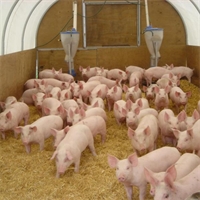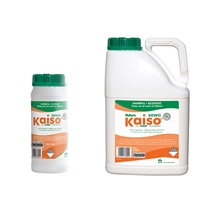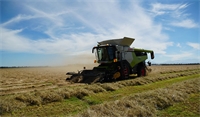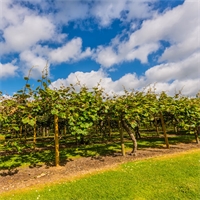12Dec
The arable sector and climate change
One of the many things that New Zealand arable farmers do very, very well, is adapting to change. New crops, new markets, new rules and regulations…been there, done that, got it sorted. For this reason, it’s easy for them to respond to concerns about the impacts of climate change with an “it’ll be alright on the night” mentality.
Given their proven ability to adapt, this approach is understandable. Unfortunately, it is also overly optimistic. First, climate change is already here, in the form of increasingly frequent ‘extreme weather events’. Second, these events are already having a serious impact on farm businesses, as some arable farmers learned this year with many South Island crops delivering poor yields and quality due to extreme heat during flowering and seed formation, and North Island ones being hit by Cyclone Gita. So what, if anything, can be done to prepare the arable industry for climate change?
The recently released report from the Inter-governmental Panel on Climate Change led to a warning that New Zealanders will have to "scale up action in unprecedented ways across all sectors of our economy and everyday life, over the next 10 years".
For the arable industry, this “scaling up” needs to involve the investigation and implementation of technologies that will help growers:
- Reduce greenhouse gas emissions, and thus slow climate change.
- Farm through climate change.
Reducing emissions
The New Zealand cropping industry contributes less than one percent of New Zealand’s greenhouse gas (GHG) emissions, and of these, the biggest contributor is nitrogen fertiliser. Total emissions from nitrogen fertiliser manufacture and subsequent field application equates to 60-65% of total emissions for wheat, with similar percentages reported for maize and ryegrass. Other GHG contributors are crop residues, stubble burning, fuel and electricity. These figures clearly indicate that the best way to reduce arable sector GHG emissions, is to reduce nitrogen use.
FAR is involved in a number of research projects aimed at ensuring efficient use of nutrients. These include field trials linking N rates to yield in a range of crops, and monitoring programmes, which, in some cases, suggest that farmers underestimate how much soil N is available to their crop and apply too much N fertiliser.
These, and other, research programmes will identify problem areas and provide solutions around efficient use of nutrients. Developing tools to help growers to reduce N fertiliser applications without reducing productivity and profitability, will in turn reduce the industry’s GHG emissions and the risk of N losses to air and water. Precision agriculture is likely to play a key role in this area and could potentially deliver a 20-30% increase in fertiliser use efficiency. Combined with an increase in minimum/no tillage practices and the timely use of cover/catch crops it is not unrealistic to think that arable growers could reduce their GHG emissions by 30% over the next decade. This would strengthen the arable sector’s environmental footprint and make arable crops an attractive option for integration into mixed land use systems.
Farming through change
Understanding exactly what climate change will look like in different regions of New Zealand is also important, particularly with respect to cultivar selection and new biosecurity threats. For example, it seems likely that Canterbury will need grain and seed varieties that are able to grow and yield in hotter, drier conditions; while North Island maize growers may be looking for varieties suited to a shorter, wetter growing season. Developing new plant varieties can take decades, so it is good to know that work is already underway to identify cultivars with these important traits. A change of climate is also likely to result in a different mix of weeds, pests and diseases. Existing pests will shift to previously unaffected regions, and new ones may arrive and thrive.
Climate change is happening now, so New Zealand’s very capable arable farmers need to be proactive in addressing the key challenges. This will provide both their businesses and the industry as a whole with the best chance of future success.
Related

Pork farming is a relatively small industry in New Zealand – but with consumption growing dramatica...
Read More

The cereal aphid (Rhopalosiphum padi) may be tiny in size, but as the main vector for one of the mos...
Read More

Ryegrass seed crops are commonly followed in the rotation by an autumn cereal such as wheat.
Read More

Covid-19 pulled the plug on the global economy with one swift yank earlier this year, and only now g...
Read More

China is now the big engine driving New Zealand’s export value and volume for the primary sector, w...
Read More

Long-held features on local calendars for showcasing the district’s agricultural strengths, reinfor...
Read More